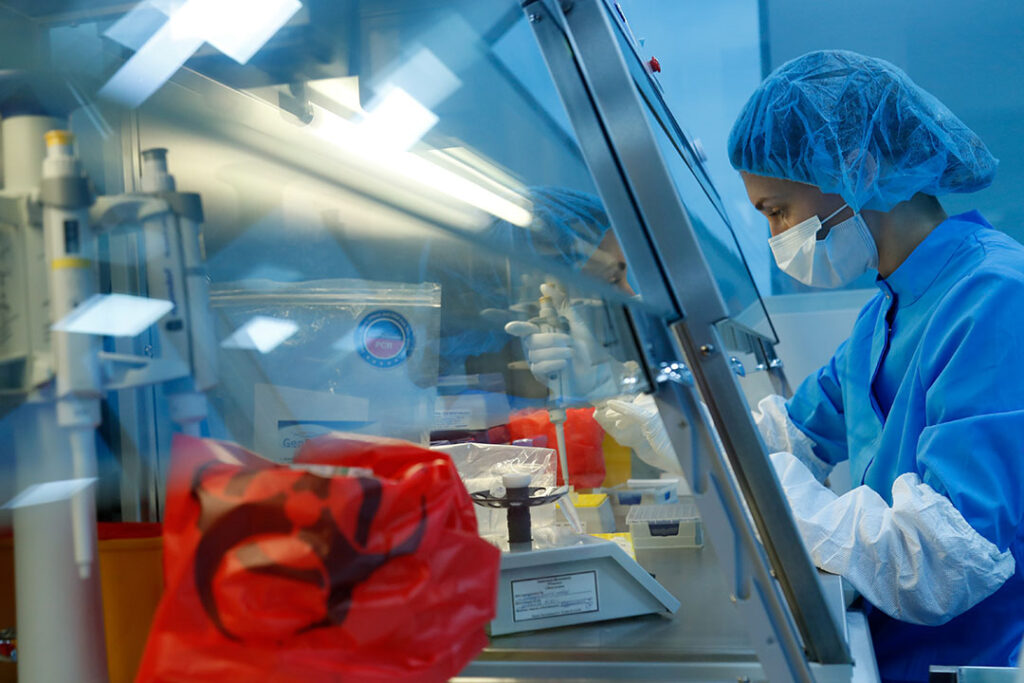ADF STAFF
As scientists from the World Health Organization (WHO) head to China to investigate the origins of the worldwide COVID-19 pandemic, experts say the nation’s $76 billion wildlife trade should be thoroughly examined.
The deadly outbreak is widely believed to have originated in an outdoor fish and meat “wet market” in Wuhan, China, in December 2019. Many researchers believe the virus was passed from bats, which are considered a delicacy in China, to pangolins, a scaly anteater sold for meat and traditional Chinese medicine (TCM), before being transferred to humans.
Previous pandemics, including severe acute respiratory syndrome (SARS) and bird flu, also started in Chinese wet markets. COVID-19 has sickened nearly 13.7 million people worldwide, killed almost 600,000 and wrecked economies across the globe.
WHO scientists will work alongside Chinese counterparts and officials. Their focus should be on legal and illegal activities pertaining to China’s wildlife trade, including hunting areas, storage facilities, farms and markets, researchers say.
“All parts of the wildlife supply chain need to be investigated,” Alice Latinne, an evolutionary biologist at the Wildlife Conservation Society in Vietnam, told Nature, a scientific journal. “We need to test any wild or farmed wild animal species that could potentially be in close and frequent contact with humans in China.”
Although Chinese officials are allowing outside scientists into the country to study the pandemic’s origins, the government has been requiring scientists to get approval before publishing COVID-19 research findings. That allows China to control the narrative of how the outbreak began, critics say.
This filtering of information worries researchers outside the country who believe it could delay publication of important studies to help contain the virus. The government’s control of information stokes fears that it is meddling in the scientific review process.
“Researchers and research institutions should be free to share knowledge without oversight in general, provided it has been conducted according to our current ethical conventions and standards,” Ashley St. John, a virologist at the Duke-NUS Medical School in Singapore, told Nature. “Where there is a review or vetting process in place, it should be only scientific in nature.”
The Chinese government suspended the sale and consumption of wildlife after the virus began to spread, but it’s unclear whether the ban will be permanent. Some doubt that such a ban, which would affect the livelihoods of nearly 15 million people, can even be enforced.
Wang Haozhu, a porcupine trader living outside Guangzhou, told the news agency Deutsche Welle that authorities would struggle to control the wildlife trade on local levels.
“I am not afraid of the government forbidding me to sell” porcupines for consumption, Haozhu said.
In June, China granted its highest level of protection to pangolins, whose scales are used in TCM. Other animals slaughtered — and often illegally poached and sold — for ingredients in TCM include lions, tigers, rhinos, musk deer, black bears, elephants, snakes, flying squirrels, toads, geckos, centipedes and scorpions.
Although practitioners rely heavily on ancient methods, many of which have been widely debunked by scientists, TCM is a big-money industry. Before the pandemic, it was expected to grow from $44 billion in 2010 to more than $109 billion by 2025, according to a study published in Medicine in Drug Discovery, a peer-reviewed medical journal.
Not only is TCM ineffective against diseases, conservationists say capturing and breeding wild animals — for any purpose — damages native populations and ecosystems and brings humans into contact with animals that have viruses that can be passed to people.
“For TCM, there is no good evidence and therefore its use is not just unjustified, but dangerous,” Edzard Ernst, a retired researcher of complementary medicines, told Nature.

